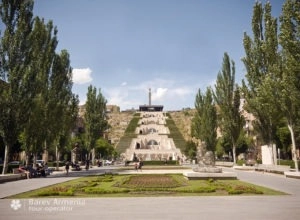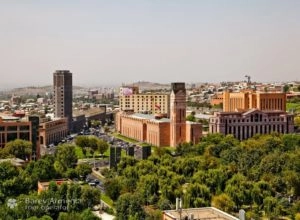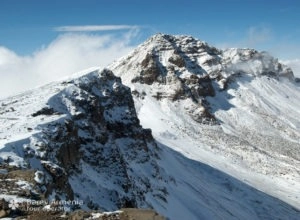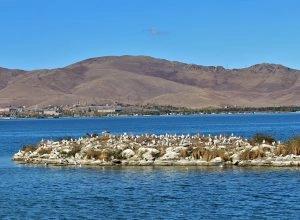Vishap
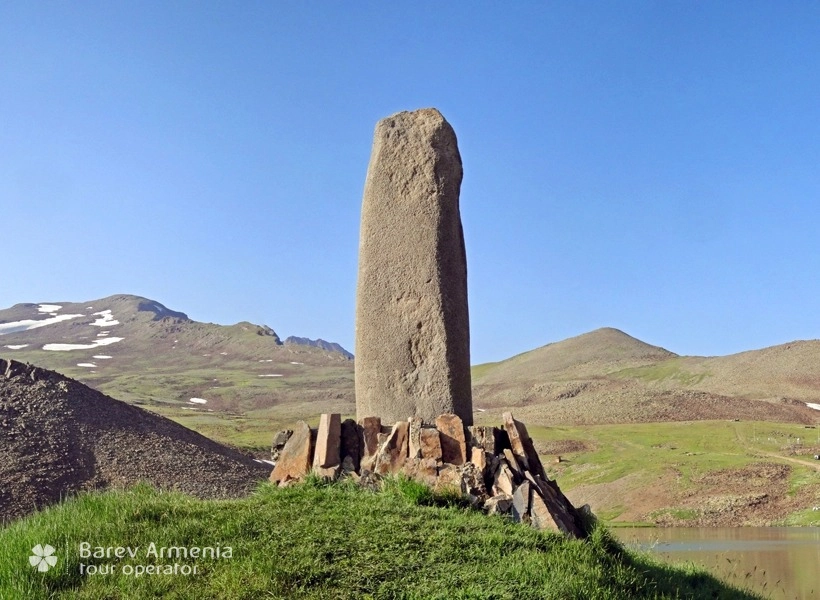
Location:Armenian Highlands
Foundation date: 2nd millennium BC e.
Condition: Good
Vishaps (dragons) are zoomorphic monuments, found in Armenian highlands (Geghama Mountains, North-Eastern bank of Sevan Lake, Aragats slopes) and neighboring regions (JavakhkTrekhk, Nakhichevan, ErzrumKars).
The name of the monument may be referred to the local legends, which represent the vishap as a giant, living in mountains; the name could also originate as an allegoric interpretation of the illustrations. These obelisks date back to the Bronze Age (more probably, this kind of art was at peak of its development in the middle Bronze Age: 2 millennium BC). Today 150 examples of vishaps are known, and 90 of them were found in the territory of the Republic of Armenia.
Some part of the vishaps originated in the 3 millennium BC. They were created from a single piece of rock; the biggest is of 5, 06 m height. Vishaps have fish form, with an illustration of a snake, a bull, a stork, a ram or other spices of animals and birds. Usually they were located near water sources canals, reservoirs, artificial lakes. These monuments are supposed to be idols of personalized images (gods) of patrons of agriculture and irrigation.
In Armenian mythology vishaps were primal creatures. Negative as well positive images are inherent to them. For example, in one of Armenian legends, bull-mountain Tavros kills with its horns vishap-mountain Zagros, and the water coming from his wound, makes up the River Zag. In this case, it is the carrier of good and evil at the same time. In Armenian legends and traditions, as well as of all the Indo-European languages as a whole, the characteristic feature of estimation of the image is dualistic approach.
